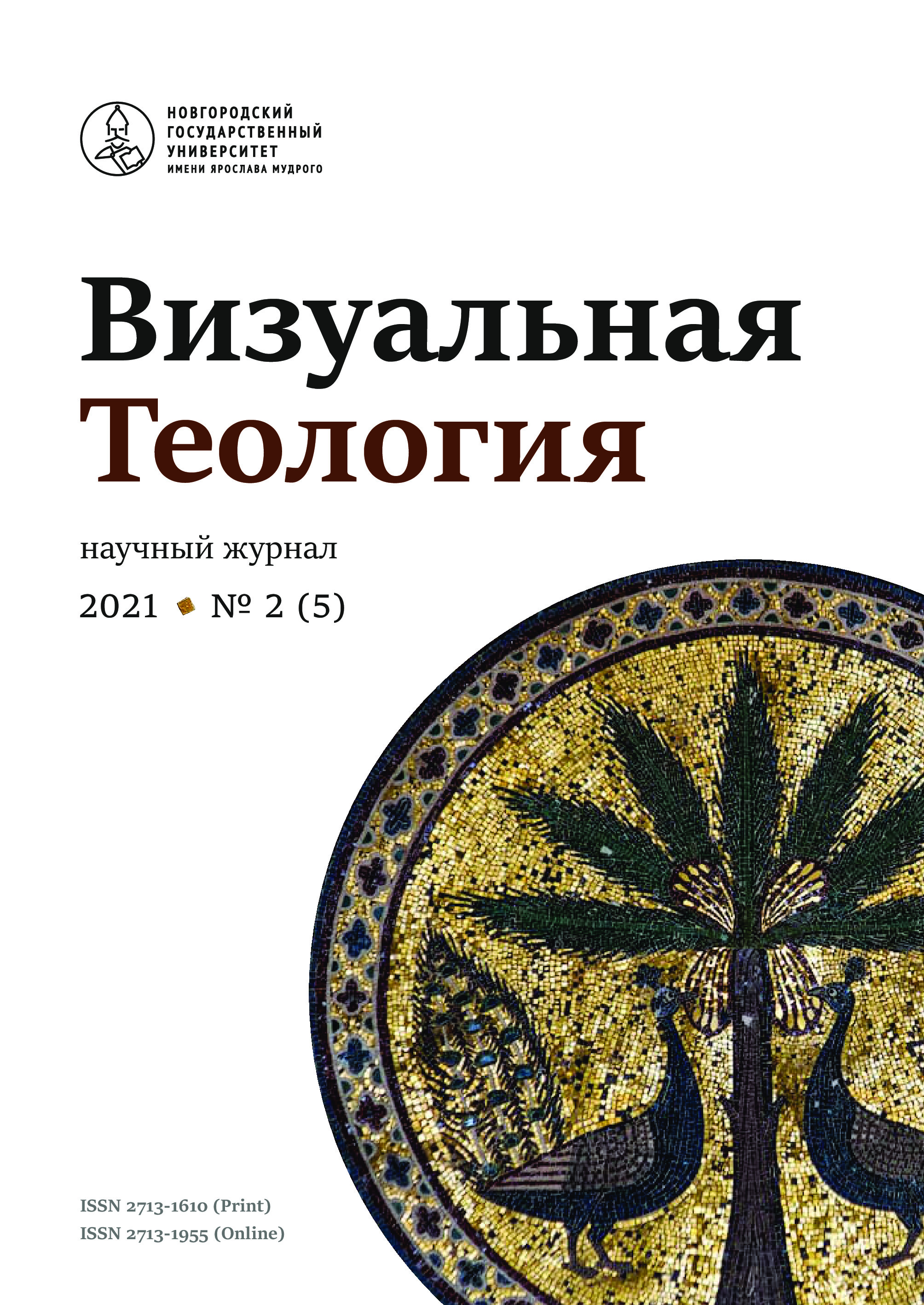Christian Mosaics of Jordan: Visual Construction of Sacred Space
Abstract
The territory of modern Jordan is related to different historical epochs. Many ancient civilizations and peoples left their mark there. Many events happened in Biblical history. The study of Jordan’s archaeological memorials became possible in the second half of the 20th century because of the unstable political situation in the Middle East and in Jordan. During last decades the researchers have being discovered many archaeological memorials of the early Byzantine epochs. The work is devoted to the description of the best-preserved early Byzantine floor. The mosaics were found in Jerash, Petra, Umm-er-Rasas, on Mount Nebo, and other historical sites in Jordan. The author gives his interpretation of the pictorial and ideological content of the compositions. The ruins of the Church of Cosmas and Damian in Jerash contain the largest surviving fragment of a floor mosaic (533). The complex geometric division of the composition, in addition to decorative functions, had a liturgical application and defined the position of the clergy during worship. The construction of the baptismal aisle of the basilica on Mount Nebo corresponds in style to their time (530), but it is unique in content and composition, consisting human figures interacting with animals. According to the author, comprehension of the construction is most productive in the context of with Biblical exegesis. Mosaics from the beginning of the 8th century St. Stephen’s Basilicas at Umm er Rasas reflect the topography of ancient Palestine. That memorial is not less significant than Madaba’s map of the Holy Land of the 6th century that was discovered previously. The floor mosaics of the main basilica of Petra deserve special attention. Petra is known as the largest cave necropolis. For all its tradition, the composition of mosaics admits of multiple interpretations, versions of which are presented in the work. Thus, the ruins of early Byzantine basilicas discovered in Jordan recently expand the subject area of the study of mosaic art from the 5th to the beginning of the 8th centuries. The mosaics of Jordan were organic part of the cultural space of the Middle East. The decorativeness of early Byzantine mosaics which are heritage of the ancient world, is complemented by a wider range of ideological religious elements. Each mosaic has both common stylistic features and unique ones. Each object is a work of mosaic art, which reflects the original vision of theological, liturgical, chronological and other interpretations of the mosaic authors. Islamization and iconoclasm forced mosaicists to remake mosaics. They tried to save the mosaics from complete destruction and spontaneously restored anthropomorphic and zoomorphic images. Many mosaic surfaces were destroyed due to the weakness of the solution or earthquakes. As a rule, the original plot of the mosaics was not recovered during the restoration. It means that the period of Christian mosaic art in this region was relatively short and ended due to islamization and iconoclasm.


